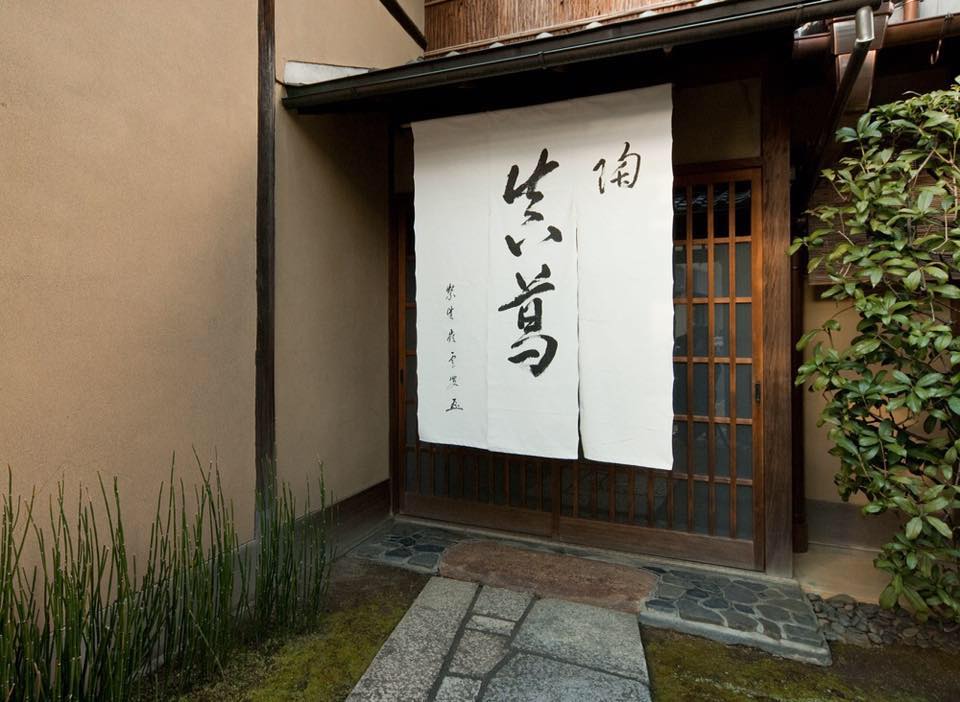ABOUT

■真葛焼 宮川家の歴史
宮川家の陶器の歴史は約330年前の江戸時代の前半に始まります。
宮川小兵衛政一が滋賀県の北部の宮川村より京都に出て、京都で陶器に携わる仕事を始めました。代々治兵衛を名乗り、幕末よりは香齋を名乗り本格的に作陶を始め、私で六代目、また治兵衛としては十一代目となります。
330年の歴史の中で、茶道具、煎茶道具、海外向けの大作など陶家としてその時代時代の求めに応じた作陶をしてまいりました。一族の横浜の宮川香山は1900年のパリ万博の金賞を初め、多くの万博で賞を受賞をました。真葛焼の作品は大英博物館やボストン美術館など海外の多くの美術館にも所蔵されています。
■Makuzu Yaki Ceramics, Miyagawa Family
The Miyagawa family line of ceramists began 330 years ago during the early part of Japan’s Edo period (1603-1868). At that time, Kohei Masakazu Miyagawa came to Kyoto from the Miyagawa Village in the northern part of neighboring Shiga Prefecture, and began to work in pottery. Following the first Kohei, each successive generation until the end of the Edo Period was also given the same name Kohei, upon succession to head of family. From the modern era (beginning in 1868), the family had become a fully recognized ceramic operation and each subsequent member of the line has since been given the name Kousai. The current Miyagawa Kousai is the 6th generation Kousai, and the 11th generation in this line, dating back to the first Kohei, the family founder. During the past 330 years, the family has worked as ceramists producing tea ware for both the Way of Tea (for powdered green tea of the tea ceremony) and for leaf tea (for sencha green tea) as well as such things as large works for international collectors, always endeavoring to keep pace with the progression of styles and taste over time. International recognition began with winning a gold medal in Paris at the Exposition Universelle of the year 1900, and has continued with the winning of numerous prizes at other world fairs. The family’s work can be found in many permanent collections throughout the world, including in such institutions as the British Museum and the Boston Museum of Fine Arts.
If it our hope that the ceramic works of the Makuzu Miyagawa Kousai family, part of the Kyoto tradition of highly decorative, elegant and refined ceramics, can be experienced not only in Japan, but by a wide audience abroad.
■真葛烧 宫川家
宫川家烧制的陶器的历史是从约330年前的江户时代的前半期开始的。宫川小兵卫政一(Kohei Masakazu Miyagawa)从滋贺县北部的宫川村迁至京都,开始从事陶器烧制的工作。他为自己取名代々治兵卫(Jihei),到了幕府时代的末期更名为香斋(Kousai)正式开始独自进行陶器制作。现任宫川香斋是第六代,同时也是治兵卫的第十一代传人。
在330年的历史长河中,宫川家制作过多种茶道具、煎茶道具、以及面向海外的杰作等等,并且制作的陶器作为供品而被各代皇室所喜爱。作为陶器艺术世家一直致力于制作符合当时时代需求的陶器作品。
1900年在巴黎的世博会上获得了第一个金奖以来,一举成为被世界所认知和喜爱的作品。其后并在各国的世博会上获得诸多荣誉。其作品被大英博物馆以及波士顿美术馆等多家海外美术馆所珍藏。
不仅是日本国内更希望能让海外众多艺术爱好者能够欣赏到蕴含京都特有华贵气质的真葛烧宫川香斋家的作品。
